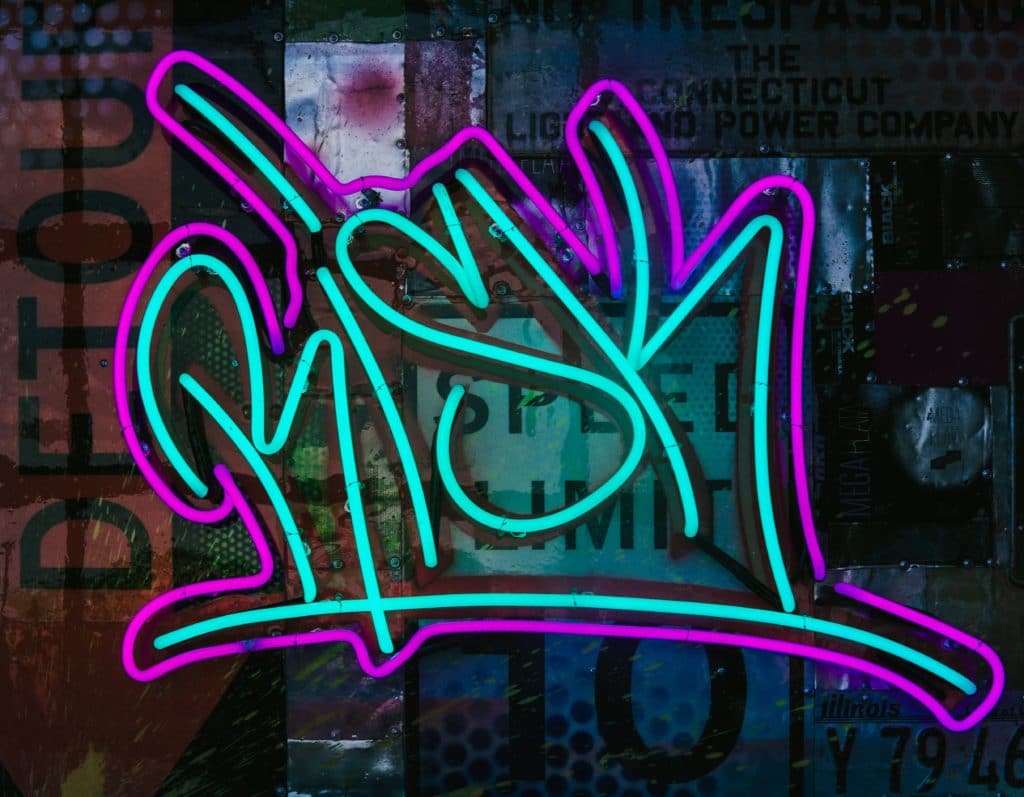Adaptive Leadership – How To Lead Through Crisis

By guest contributor Gareth Noble, Senior consultant, Straight Street Media
Adaptive Leadership is one of many leadership theories that people utilize to understand how to lead. In this post, our guest contributor, Gareth Noble explains what Adaptive Leadership is, and gives some practical examples and strategies you can apply to making Adaptive Leadership possible.
The dominant theory of Adaptive Leadership is that there are two kinds of challenges, namely adaptive & technical. The failure to properly differentiate between these two challenges is the single most common source of leadership failure!
Technical challenges are dilemmas where people have the required expertise & procedures to solve the problem. These problems are answered with solutions that already exist. Technical issues are not simple, in any case. Adaptive problems are much more complicated that cannot be solved by authority alone. Adaptive challenges require experiments, discoveries and adjustments from a variety of stakeholders.
Adaptive Leadership was first developed by Ronald A. Heifetz and expanded upon collaboration with Marty Linsky, whom both serve on faculty at Harvard University.
One cannot organize collective enterprise above the tiny group (5-6-person level) without an authority structure.
Ronald Heifetz
Heifetz explains that “the practice of Leadership almost always takes place in the structures of authority. One either leads without authority, from below or from outside the organization structure, putting pressure on it. Or one leads from an authority position”.

The reality is that not everyone in an authority position leads
We know that because people frequently complain about the lack of Leadership we get from people in a high executive position.
It is possible to lead in positions of authority, and it is imperative. We need more people in authority positions to lead. The problem is that Leadership doesn’t come naturally with the territory, because people in authority are under enormous pressure to provide easy and quick, decisive solutions to problems. Especially in a crisis, they are under pressure to treat adaptive challenges as if they were technical.
Leadership opportunities present themselves each day.
Exercising Leadership can be risky but ultimately worth the risk because the goals of Leadership extend beyond the material gain or personal achievement. Leadership provides meaning and creates purpose for people, organizations and communities.
Leadership can be daunting work and involves challenging what people hold dear, their habits, loyalties, behaviours and ways of thinking. Often practising Leadership receives resistance from the people involved in the organization or system.
First and foremost, we need to learn to diagnose the problem.
Most problems come bundled. Some issues are purely technical, for example, a child tests positive for Covid, you diagnose the problem through a simple test, and you administer the vaccine and some medication, and the child gets better.
Most problems that people in the corporate life face and also most certainly that those in authority address, are partly technical and partly adaptive, they come bundled. Many issues come bundled, and one needs to be able to flesh out those parts that can be treated with traditional know-how from those parts that are going to require changes in the organisation.
There are a series of indicators to distinguish problems that are technical and problems that are adaptive.
For example, a crisis is usually an indicator of an adaptive challenge. This challenge has been adaptive in the past and not appropriately addressed, therefore resurfaces periodically, and generates a crisis.
The global economic crisis of 2008 represents a series of technical problems in terms of the design of regulations and specific banking instruments and lending practices. The situation included adaptive challenges, and a whole series of behaviours of everyday Americans as well as high powered finance executives, politicians, including our basic philosophy of free-market economics, that need to be overhauled. A lot of experimentation was required to discover how to rebuild a healthy, secure economy again. With that being said, I’m not sure how much progress has been made up till now!
A recurring crisis is an indicator of an adaptive challenge. Persistent conflict is usually an indicator of an adaptive challenge. One then has to be able to investigate, and get a grasp of the nature of that conflict.
“What is this conflict really about”? “What are the real stakes, loyalties, constituencies, values, that are at the heart of this conflict”?
An early sign of an adaptive challenge is when you instantly realize that people are going to require to learn new ways. Once you understand that the existing solution won’t cut it, then you know right away that you are facing an adaptive challenge, where discovery & learning are necessary.
The first part of Adaptive Leadership is recognizing when a challenge is adaptive or technical.
Seven Signs That You May Be Facing an Adaptive Challenge
- If the solution requires operating in a different way than you do now
- If the problem AND the solution require learning
- If the solution requires shifting the authority and responsibility to the people who are actually affected
- If the solution requires some sacrifice of your past ways of working or living
- If the solution requires experimenting before you’re sure of the answer
- If the solution will take a long time
- If the challenge connects to people’s deeply held values

People practising Adaptive Leadership often experience resistance because it requires people to CHANGE! Change is for the courageous few because it involves letting go, uncertainty & sometimes disloyalty to people or cultures. Adaptive change is scary because it calls on someone to alter an aspect of their identity.
Bearing that in mind there are four main dangers we need to be aware of falling into:
1. The danger of marginalization
Marginalization can take on many forms, sometimes direct and sometimes indirect. Marginalization often occurs because people embody an issue, particularly when you have authority which results in some members of the team to be sidelined or pushed aside who don’t conform.
2. The danger of diversion
Diversion happens when people try to make you lose focus on the adaptive challenge. Diversion is achieved by broadening your agenda and become distracted or overwhelming your focus with a variety of unrelated problems.
3. The danger of attack
People will try to neutralise or discredit your message by turning the subject of the conversation from the adaptive challenge to your character or personality by portraying you in a negative light.
4. The danger of seduction
Seduction occurs when your sense of purpose is lost—a desire to seek approval from your faction or supporters.
Being aware of these risks will be crucial in maintaining your purpose and accomplishing your goal of change.
Get perspective

A good place to start dealing with adaptive challenges is “getting to the balcony”!
Explained by Heifetz, this is the ability to gain perspective during a crisis or challenge. Removing yourself from the moment or dance floor and going to the balcony to see what’s going on. The balcony allows people to stand back to see the bigger picture of the organization or community. Practising Adaptive Leadership requires getting to the balcony, making an observation, and returning to the dance floor to intervene.
Heifetz shares four approaches to get on the balcony:
- Distinguish the technical from the adaptive
More often than not, groups prefer technical interpretations because they allow for simple solutions. Distinguishing technical from adaptive is an essential component to getting on the balcony and recognizing the true nature of the challenges before you.
2. Investigate where people are at
This strategy involves uncovering an accurate understanding and getting the various perspectives of everyone involved. Once you comprehend where people are at, you can more effectively identify a starting point to begin an adaptive change.
3. Listen to the song beneath the words
Hearing stories is not the same as taking what they say literally. People naturally and unconsciously defend their perspectives. You have to get below the surface value and listen to the song they are singing. This strategy allows you to see the challenges and the people’s responses for what they are and not what they say.
4. Read the authority figure for clues
When you seek to create a significant change, focus on the authority figures. The way they show up in behaviour, provides critical feedback regarding the impact of your actions. Authority figures will reflect the magnitude and nature of the disturbance you are creating.
The strategy of getting on the balcony is a part of the improvisational art of Leadership. You have to navigate back and forth from the dance floor to the balcony, making adjustments each time.
Another critical element to adaptive leadership is the ability to orchestrate conflict.

Adaptive Leadership requires people to change their behaviours and ideas. The ability to control how people experience that disturbance is critical in successfully making the change. Orchestrating the conflict requires harnessing the energy you have created and controlling it.
Another method to manage conflict via Adaptive Leadership is to create a holding environment. A holding environment is a space formed by a network of relationships for people to tackle tough and sometimes polarising questions without creating division. It can look and feel different depending on the situation. The purpose of a holding environment is to keep stress at a productive level.
Part of orchestrating the conflict is controlling the temperature.
The leader must manage tension produced through working towards change. You have to raise the heat high enough that people pay attention, and lower the temperature when it gets too hot, and becomes counterproductive.
Additionally, in orchestrating the conflict, one has to to develop the capacity to withstand the heat, this is called maturity. One can’t expect team members to function at higher levels of heat than you can!
To raise the temperature, you need to address the tough questions, give people more responsibility than they are comfortable with and bring the conflict to the surface.
To lower the temperature, you should adjust technical aspects of the problem, establish a structure for problem-solving by breaking the problem into smaller bit-sized parts, temporarily reclaim some responsibility for severe issues and slow down the process of challenging the norms and expectations.
Real leadership creates emotional and conceptual disruption.

To lead people through crisis and challenges, you must learn to pace the speed through which they change.
Be careful of creating too much change at one time, because you may run the risk of revolt and resentment. Pacing the work requires skill and experience by giving people only enough information as they can handle, which may lead to withholding information for some time.
In pacing, you are calculating risks and deciding when they are worthwhile and when they are not.
Finally, in orchestrating the conflict, you reveal the future vividly, plainly and constantly through communicating the values & purpose that the vision brings. A huge pay-off is to remind the team of the values they are fighting for by showing them what the future can look like. Often, this requires answering the why question that can increase people to endure hardships that come with the journey to a better destination.
When getting to the balcony it’s important to clarify the distinction between function and self. Because if you get caught up in your role, you will come to believe that your role and your self are one and the same – which they are not.
To summarize, an effective leader uses their ability to distinguish between an adaptive and a technical problem, that, in itself takes time & experience. A crisis, which is often an adaptive problem, is more complicated and cannot be solved by authority alone.
By getting to the balcony, and then to the dance floor and back and forth and applying the various methods of dealing with the friction, you will start to make enormous strides to solving issues. By applying the Adaptive approach you will begin to discover & discern sustainable and long-term solutions for your team or organization.
